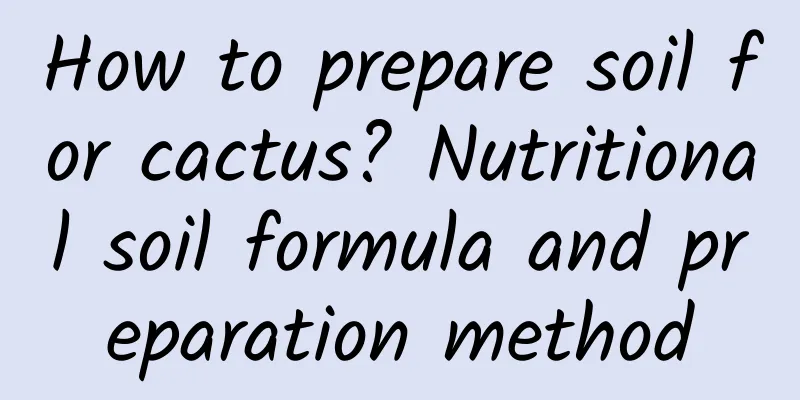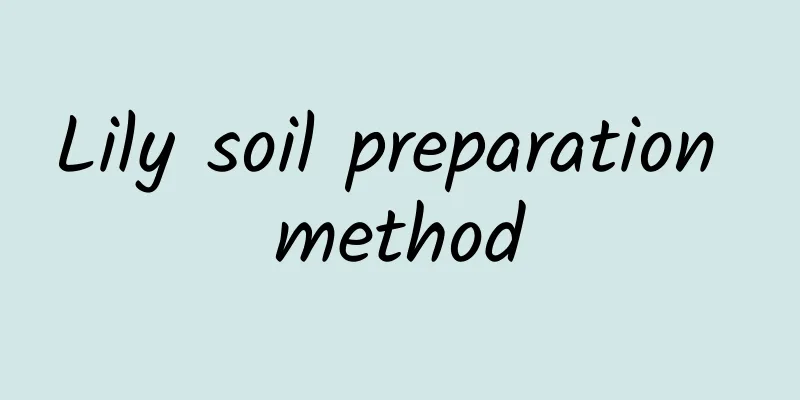Cultivation methods and precautions of white orchid

Pot soilWhen choosing potting soil for your home, you should focus on its air permeability and looseness, and it should also be rich in humus. Flower pots such as clay pots, purple clay pots and plastic pots with more holes on the bottom will have better air permeability, and granular soil of different sizes will be more conducive to water seepage and air permeability. RepottingThe size of the flowerpot needs to be selected according to the crown size and age of the white jasmine, which can make the growth environment of the plant more suitable. Repot when the soil in the pot is slightly dry. The specific method is to slowly tilt or turn the pot upside down, hold the pot while holding the plant firmly, pour out the white jasmine and move it into the new pot. If you are replacing a new pot, you need to first sprinkle a small amount of loose soil and base fertilizer into it, then water it thoroughly, and wait until the planting is stable. Planting locationThe best time to move the white jasmine potted plant outdoors is from March to April each year, and place it in a place with sufficient light. During the high temperatures in summer, it is necessary to use sunshade nets or simple shade sheds to reduce the temperature. This will allow the white jasmine to receive sufficient light while avoiding excessive direct sunlight, preventing the branches and leaves of the white jasmine from being burned by the sun. pruneWhen pruning the top buds and shortening some side branches, pay attention to choosing the height. The appropriate pruning position will promote side branches, flower buds and flowering. Before placing white jasmine indoors, the dry, overgrown, diseased and overcrowded branches need to be cut off to minimize nutrient consumption; when placed outdoors, the old leaves at the bottom of the branches can be removed as appropriate, which is beneficial to promoting the growth of new branches. FertilizationWhite jasmine requires more fertilizer to grow. When it is growing vigorously, it should be fertilized once every half a month or so, or 2-6 grams of compound fertilizer (nitrogen, phosphorus, and potassium) should be applied. When applying fertilizer, do not allow the fertilizer to come into direct contact with the roots. Water should be applied gradually and deeply into the soil to prevent "root burn". Apply thin fertilizer (cake fertilizer) frequently. No fertilizer is needed in winter. From the emergence of new sprouts to June of the following year, fertilizer and water are applied every 3-4 days. From July to September, fertilizer is applied every 5-6 days. The number of fertilization times can be changed according to actual conditions. WateringWhite jasmine should be watered in moderation to prevent water accumulation. Like many home-grown flowers, adopt the "don't water unless the plant is dry" method; do not water too frequently, but sprinkle water on the leaves and surrounding areas moderately. For white jasmine, please note that you need to pour out the accumulated water in the pot in time after rain to prevent root rot. temperatureWhite jasmine is susceptible to cold damage, so temperature is the key to whether it can safely survive the winter. In areas outside South China, it must be kept indoors in winter, and the minimum room temperature should be kept above 5°C. It can then be placed outdoors during the Qingming and Grain Rain seasons. During the hot summer weather, effective measures should be taken to help cool down the white jasmine. illuminationAlthough white jasmine needs sufficient light, it is best to place it under a shaded shed in summer. Remove the cover when the light is suitable, and return the cover to its position when there is strong light at noon. When placing white jasmine indoors, priority should be given to a location with plenty of sunlight and light. Pest controlCommon diseases of white jasmine include chlorosis, root rot and anthracnose. Before the disease occurs, the plant's resistance should be enhanced by ventilation, loosening the soil and controlling watering; after the disease occurs, scientific medicine spraying should be carried out immediately. Common insect pests include red spiders, scale insects and aphids. Before insect pests occur, spray water frequently to increase the humidity to prevent them; after insect pests occur, you can rinse the leaves with clean water if the degree is mild, and spray pesticides if the degree is severe. ReproductionGrafting, cutting, layering, and sowing are the most commonly used propagation methods for white orchids, among which grafting and layering are the most commonly used methods. Layering is suitable for June and July. Use the high-altitude layering method and keep the plants moist. They will take root in about 2 months. The grafted rootstock should be two-year-old branches. During the rainy season, branches of the same thickness as the rootstock should be used. It will take about 60-70 days for the graft to heal after completion, and then it can be cut off from the mother plant. |
<<: What to do if freesia grows too tall
>>: How to propagate succulent plants
Recommend
Why are the leaves of jasmine potted plants not shiny? (How to grow them to bloom more and have shiny green leaves)
1. Soil alkalinization causes the leaves to be du...
How to propagate azalea by cuttings and precautions
Azaleas are highly ornamental and are usually pro...
Characteristics of cactus
1. Appearance and Habit Characteristics 1. Its sh...
How to deal with yellowing leaves of yew
1. Adjust the temperature Reason: The yew tree wi...
The efficacy and function of Wedelia
1. Efficacy Wedelia officinalis is cool in nature...
Can ivy be grown hydroponically?
1. Is it possible? Ivy can be grown hydroponicall...
Four-season management of plane flowers
Spring and Autumn Management of Plane Flowers The...
When is the best time to plant carrots?
When to plant carrots The best time to sow carrot...
The efficacy and effects of wormwood
The efficacy and effects of wormwood Medicinal Mu...
How many years does it take for a jujube tree to bear fruit?
The date tree has been planted for several years ...
How much is the yield of Amomum villosum per mu? Key points of high-yield planting technology
Yield of Amomum villosum per mu Amomum villosum i...
How much is spinach per pound
1. Price The price of spinach is related to the v...
How to grow loofah to get high yield?
Luffa is a melon vegetable that is common in rura...
How to care for Molan to make it sprout new buds (When does Qihei Molan sprout leaf buds)
How to cultivate black orchid sprouts In fact, th...
What fertilizer is best for Phalaenopsis?
Phalaenopsis fertilizer Phalaenopsis does not lik...









